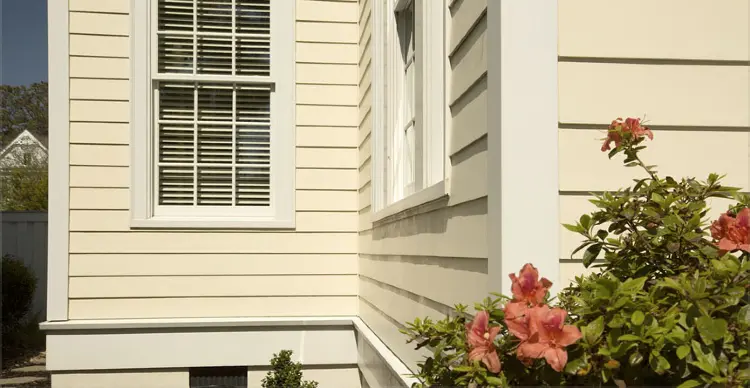Diving into the realm of hardiebacker exterior siding, this introduction aims to provide a comprehensive overview of the topic. From its durability to design options, this versatile siding solution offers a myriad of benefits for homeowners looking to enhance their exteriors.
In the following paragraphs, we will delve deeper into the key aspects of hardiebacker siding, shedding light on its installation, maintenance, and design possibilities.
Introduction to Hardiebacker Exterior Siding
Hardiebacker exterior siding is a type of fiber cement siding known for its durability and weather resistance. Made of a blend of cellulose fibers, cement, and sand, Hardiebacker siding is a popular choice for exterior applications due to its ability to withstand harsh weather conditions and resist damage from insects and moisture.Benefits of Using Hardiebacker Siding
- Low Maintenance: Hardiebacker siding requires minimal maintenance compared to other siding options, saving time and money in the long run.
- Durability: Hardiebacker siding is resistant to cracking, warping, and rotting, ensuring a long-lasting exterior for your home.
- Weathe-Resistance: Hardiebacker siding can withstand extreme weather conditions, including strong winds, heavy rain, and even hail, without deteriorating.
Installation of Hardiebacker Exterior Siding
Installing Hardiebacker siding is a straightforward process that can enhance the durability and aesthetics of your home's exterior. With the right tools and materials, you can achieve a professional-looking finish that will last for years to come.Step-by-Step Guide
- Prepare the surface: Ensure the exterior surface is clean, dry, and free of any debris.
- Measure and cut: Measure the dimensions of the area where the siding will be installed and cut the Hardiebacker panels accordingly.
- Attach the panels: Use galvanized nails or screws to secure the panels to the exterior surface, making sure to leave a small gap between each panel for expansion.
- Seal the joints: Apply a high-quality sealant to the joints between the panels to prevent water infiltration and ensure a weatherproof finish.
- Finish the edges: Install corner trims and other finishing pieces to complete the look and protect the edges of the siding.
Tools and Materials Needed
- Hardiebacker siding panels
- Tape measure
- Saw (for cutting the panels)
- Galvanized nails or screws
- Sealant
- Corner trims and finishing pieces
Comparison to Other Types of Exterior Siding
Installing Hardiebacker siding offers several advantages over other types of exterior siding. Unlike wood siding, Hardiebacker is resistant to rot, pests, and fire. Additionally, it requires minimal maintenance compared to vinyl or aluminum siding, making it a cost-effective and durable choice for homeowners.Maintenance and Care of Hardiebacker Exterior Siding
Proper maintenance is crucial to ensure the longevity and durability of your Hardiebacker exterior siding. By following a few simple tips and addressing common issues promptly, you can keep your siding looking great for years to come.Regular Cleaning
- Regularly clean your Hardiebacker siding with a mixture of mild soap and water to remove dirt, grime, and other debris.
- Avoid using harsh chemicals or power washers, as they can damage the siding's surface.
- Rinse the siding thoroughly with clean water after cleaning to prevent soap residue buildup.
Preventing Mold and Mildew
- Inspect your siding regularly for any signs of mold or mildew growth.
- If you notice any mold or mildew, clean it promptly with a solution of water and bleach to prevent it from spreading.
- Ensure proper ventilation around the siding to prevent moisture buildup, which can lead to mold and mildew growth.
Repairing Damage
- Inspect your Hardiebacker siding for any cracks, chips, or other damage on a regular basis.
- Address any damage immediately by filling in cracks or chips with exterior caulk and repainting the affected area to match the rest of the siding.
- Regularly inspect and replace any damaged caulking around windows, doors, and other openings to prevent water infiltration.
Maintenance Schedule
- Perform a thorough cleaning of your Hardiebacker siding at least once a year, ideally in the spring or fall.
- Inspect the siding for damage every six months and address any issues promptly.
- Check the caulking around windows, doors, and other openings every three months and replace as needed.








